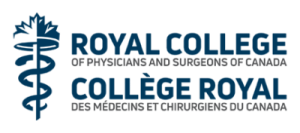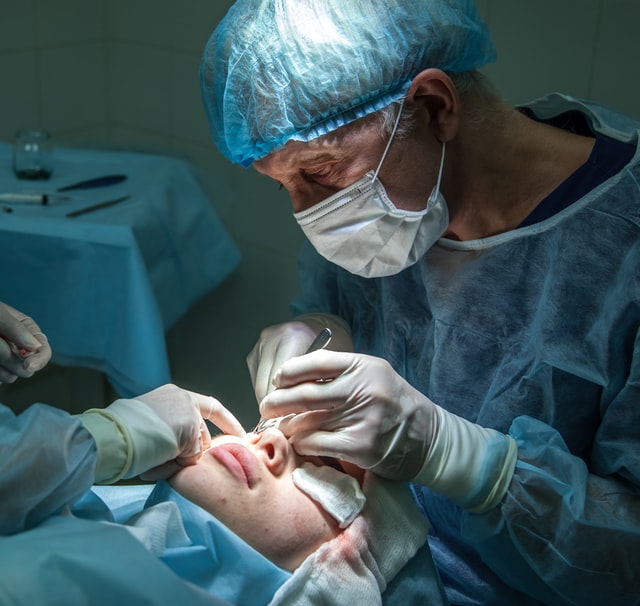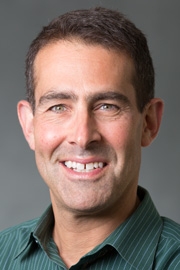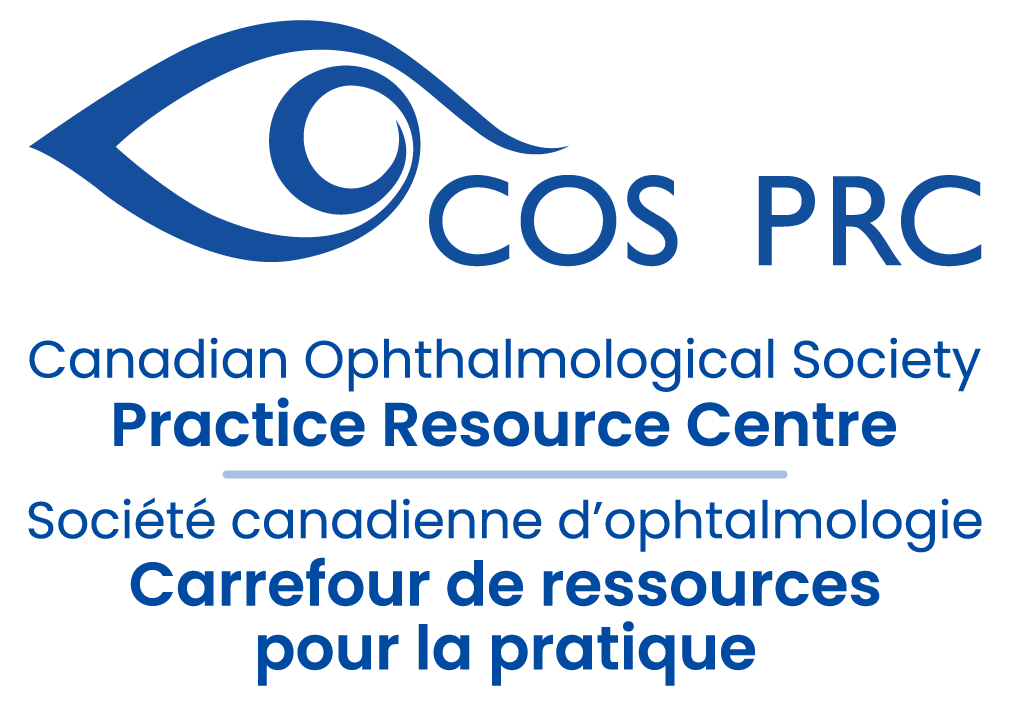Establishing Habits for Lifelong Learning in Ophthalmology – Rob Schertzer, MD, MEd, FRCSC
Newsletter from the COS Maintenance of Certification (MOC) Committee, March 2022
Preamble
It’s no surprise that as ophthalmologists, we have a shared passion for lifelong learning and a commitment to our patients to provide the highest quality of care. As simple as it is to write, fulfilling our professional development and medical practice requirements may be cumbersome at times and challenging to fit into our tight schedules. Accomplishing these learning goals requires a bit of finesse to balance other, less professional areas of our lives, such as family or our social lives.
Various Section 1, 2, and 3 credits can be achieved by strategically working them into your clinical or academic routine[1]. Below, I’ve documented activities I undertake across the week to illustrate how you can incorporate day-to-day activities towards claiming MOC credits. Be sure to click through the footnotes included for further information.
“Did you know that claiming and obtaining your required Royal College Maintenance of Certification (MOC) Program credits is more accessible than you think?”

Table of Contents
2. Learning activities and my morning commute
3. Personal learning projects within my practice
4. Teaching in the clinical setting
6. Academic day
7. Conclusion
8. Footnotes
Striving for the best care
We all strive to provide the best possible care for our patients. For some patients, we are the encyclopedia they flip to every six months for all things eyes, science and even politics. To others, we are a calming force for medical and personal struggles that they face, and we need to just “be there” for them. For our older patients, even more so during the COVID-19 pandemic, we are the only source of in-person social interaction they have had in months, and they come dressed in their Sunday best for this date. We also have our own family that needs us for many of the same reasons each day. As ophthalmologists, we must find the balance of wellness and our passion for lifelong learning alongside our dedication to providing patient care.
Everyday we look out for new information and trends and keep up to date on the latest in ophthalmology, general medicine, current events, and any of those side interests that keep us healthy and help us talk about more than just eyes with our patients. There is so much to learn and so many missed learning opportunities that we should recognize when considering how much information we filter in a day. More formally, we must report to the Royal College that under the MOC Program we are meeting the 400-credit requirement every five years across three different categories with a minimum of 25 credits from each of these categories per year[2].
A day at the office
I find that my morning workout is not the time to overtax my mind with an online accredited literature review because I need to clear my mind and maybe even get pumped up for the day. Music is a great escape, maybe catching up on the news or a podcast that addresses a side interest. With this type of audio, I can half-listen and half-meditate without overburdening my head before a busy day begins.

Learning activities and my morning commute
During my morning commute, I enjoy listening to podcasts[4] and use this time, I must confess, to listen to the COS EyeCan podcast, Audio Digest Ophthalmology lectures and Practical Review of Ophthalmology literature summaries. The recordings for the Practical Reviews include a pre-test and post-test component, which helps the concepts stick in my ‘ageing’ brain and can provide me the coveted Section 3 credits[5]. You can find more activities like this within the Self-Assessment Program or “SAP” database on MAINPORT. I make sure to arrive at work well before my first patient so I can complete a post-test and log the learning activity in the Royal College MAINPORT App on my phone.

Personal learning projects within my practice
We are starting the day seeing my six-week post-Selective Laser Trabeculoplasty patients. My lead technician notes, “It seems that almost all your SLT lasers get the pressure down significantly; that wasn’t the same where I used to work.” I think to myself; I can investigate this further, give myself a chance to review the literature, audit my charts, and maybe even consider running a small study myself. This is one of those moments that if, not documented right away, would be quickly forgotten. On MAINPORT, I enter a Personal Learning Project, “Effectiveness of SLT laser in my practice.” When I get around to pursuing this, it will be eligible for Section 1 and the much-coveted Section 3 credits. A self-audit leads to deeper learning than attending a lecture because it is much more likely to alter how you care for patients.
Later in the day, I am seeing a new patient as a glaucoma suspect. They were referred because of a positive family history, optic nerve asymmetry and “possible superior nasal step” on the VF in the left eye. Testing in our office using standard instead of FASTPAC VF testing and an OCT showed a very solid correlation between thinning in the Ganglion Cell Complex (GCC) in the left eye inferiorly, borderline RNFL thinning that could have been overlooked and confirmed the nasal step. This is a great case to teach about the importance of the GCC helping to confirm the stages of early glaucoma[6]. I attach the Teaching Case flag to the patient in my EMR to help me find this case for the next glaucoma rounds and add GCC as another Personal Learning Project in Mainport for future learning considerations.
Teaching in the clinical setting
A fundamental principle of adult education is that learning is most effective when it takes place in the context in which it will be applied. In other words, you can read all you want about a clinical finding like Scheie’s stripe. Still, you may never see it in the real world because you won’t remember to even look for it as the only consistent finding in pigmentary glaucoma.

A patient is being seen by the resident the next day in the clinic. He is a 24-year-old moderately high myope with dark brown eyes referred by their family doctor because of headaches and blurred vision. The patient is not having any pain or blurred vision today. When reviewing the case with me, the resident shows that she was thinking about pigmentary glaucoma when she says the iris seemed to be bowed back a bit, but she didn’t see any transillumination defects. The optic nerves had healthy rims in both eyes, and on gonioscopy, the angles showed 1+ even pigment. She did say, correctly, that with the iris being very heavily pigmented, it would be hard to find transillumination defects even if she waited to fully dark adapt herself to look for them. I asked if she could think of any other findings that might help with confirming pigment dispersion, but nothing came to mind. When I told her about Scheie’s stripe, the deposition of pigment on the anterior vitreous face as the one consistent finding in pigment dispersion, she dilated up the patient and used a gonioscopy lens and sure enough, there it was. She recorded Scheie’s stripe in her teaching log, will review it later that night, and is on her way to having the building blocks for being a lifelong learner.
Credits and feedback
Another way to obtain credit from your day-to-day work with ophthalmology residents includes claiming the feedback you receive on your performance as a teacher or supervisor. You can claim the time spent receiving, reviewing, and reflecting on feedback received in MAINPORT under Section 3: Feedback on Teaching.
Academic day
I set aside one day each week when I don’t see patients. This is when I do my committee work, schedule my doctor’s appointments, get a longer workout done and spend at least half of the day with some form of structured learning.
I might also use this time to review the Personal Learning Programs I have logged in MAINPORT. In reviewing articles on Ganglion Cell Complex and flipping through the latest Canadian Journal of Ophthalmology I review a couple of articles of interest for Section 2 credit[7].

I also use this time to plan for future learning activities. The conferences[8] I will attend in the next year are already planned, as my patient scheduling must be worked around these dates. I see that on there is an upcoming webinar series organized by the COS on Equity, Diversity, and Inclusion (EDI)[9], so I sign up for that. A great place to find new and relevant content is through the COS Practice Resource Centre, where you can select a dropdown list of Content Type like Podcasts, Clinical & Surgical Tools, Position Statements and Guidelines, Videos and Online Learning. On the COS PRC, you will even find the podcast I produce, Talking About Glaucoma, as well as some others, including MedED Talks, BroadEye.
Work-life balance
Our lives are busy, and we need to be our best selves for our patients, families and friends. By incorporating learning activities into our everyday lives and balancing this with keeping evenings and weekends reserved for our non-ophthalmology activities, we free our minds to absorb more content, and we nourish our souls.

Conclusion
Through the overview provided, we hope that you have learned a bit more about how accessible claiming and obtaining your required Royal College Maintenance of Certification (MOC) Program credits may be. There are variety of resources available to help you find accredited activities, like the COS Practice Resource Centre and even the MAINPORT ePortfolio.
Footnotes:
[1] For more information visit the COS Practice Resource Centre page Where does my learning activity fit? https://www.cosprc.ca/where-does-my-learning-activity-fit-in/
[2] For more information on the MOC Program visit:
[3] Review the MAINPORT Quick Start Guide online here:
[4] Podcasts are Section 2 learning activities claimed in MAINPORT under Scanning for 0.5 credits per episode
[5] Section 3 – Accredited Self-Assessment Programs for 3 credits/hour. Some ACCME accredited activities are approved by the Royal College through a CME in Support of MOC program agreement. Search the SAP database in MAINPORT to find more.
[6] Section 2 Self-learning activity – In the current MOC framework, teaching time itself is not eligible for credit, but the time spent preparing for teaching can be claimed in MAINPORT under Section 2: Personal Learning Project: Preparation for formal teaching activities.
[7] Section 2 Self-learning activity. For more information review the resource Earning and Claiming CPD credits via the CJO on the COS Practice Resource Centre: https://www.cosprc.ca/earning-and-claiming-cpd-credits-via-the-cjo/
[8] Most conference sessions are accredited under Section 1: Group Learning Activities
[9] Section 1 Group Learning activity
About Rob Schertzer:

Dr Schertzer is a glaucoma sub-specialized and general ophthalmologist with over 25 years of clinical experience. He returned to Vancouver in April 2018 providing care as a consultant on a permanent locum basis then took over the East 10th Ave location as his permanent practice in December 2019. From 2013-2018 he was on faculty at the Geisel School of Medicine at Dartmouth College and on active staff at the Dartmouth-Hitchcock Medical Center. From 1999-2013, he was the director of a very active clinical practice, the West Coast Glaucoma Centre, in Vancouver, BC and was on faculty in the Department of Ophthalmology & Visual Sciences at the University of British Columbia, as Associate Clinical Professor in the Division of Glaucoma (to which he was re-appointed in 2018.) Dr Schertzer has been a member of the COS Maintenance of Certification committee since 2006. Much of Dr Schertzer’s non-clinical time is spent using technology for education. He blogs about Glaucoma, Electronic Medical Records and Technology (http://wholelottarob.com), hosts a podcast series entitled Talking About Glaucoma, a YouTube channel, Instagram channel, created a sub-reddit for discussing the latest glaucoma literature, and is the co-founder of the Glaucoma Patient Group Facebook page for patients.



